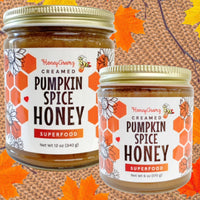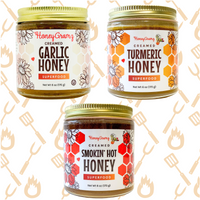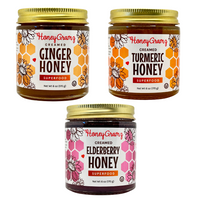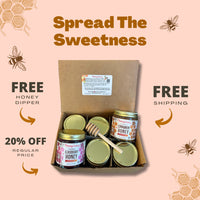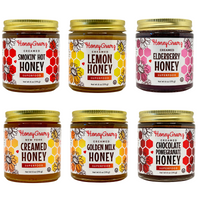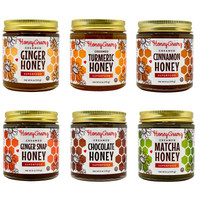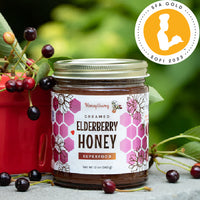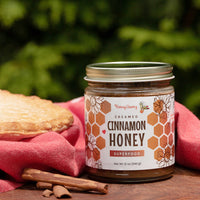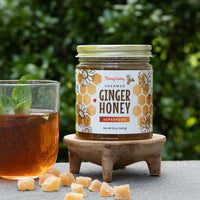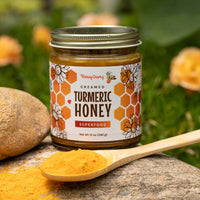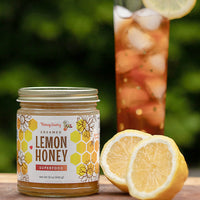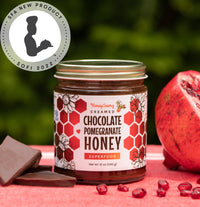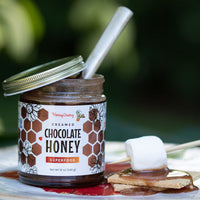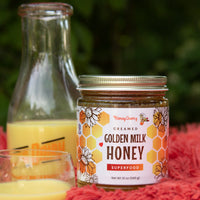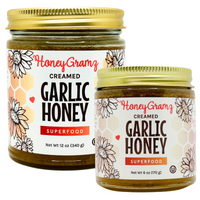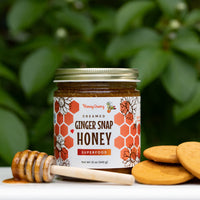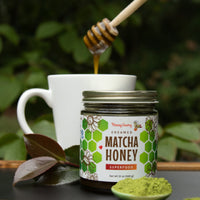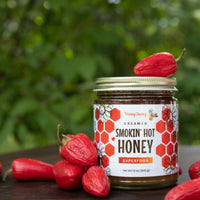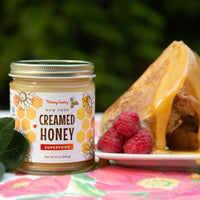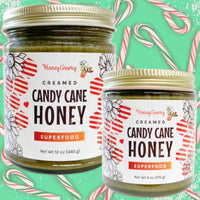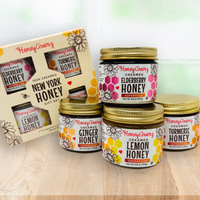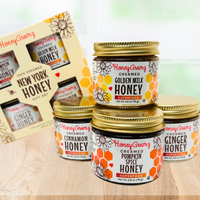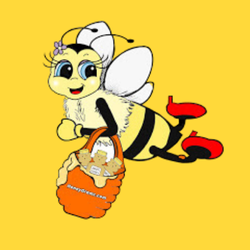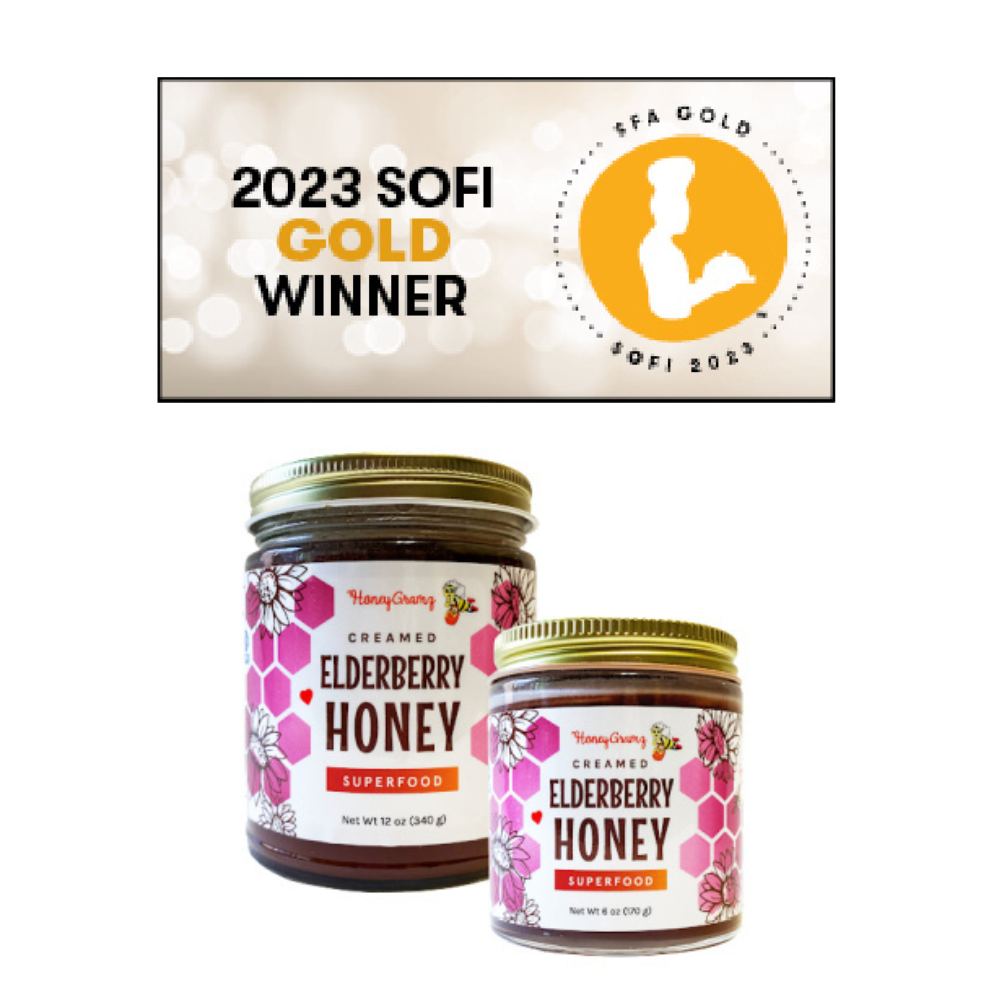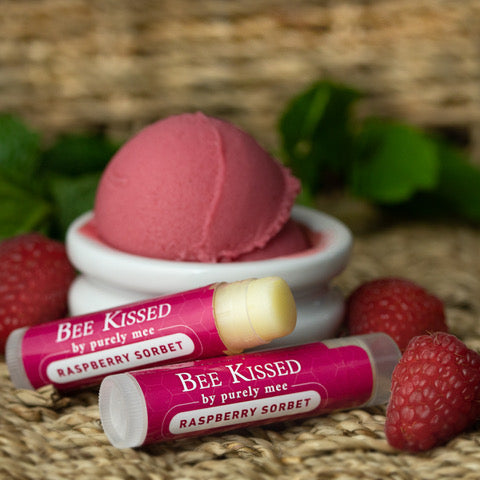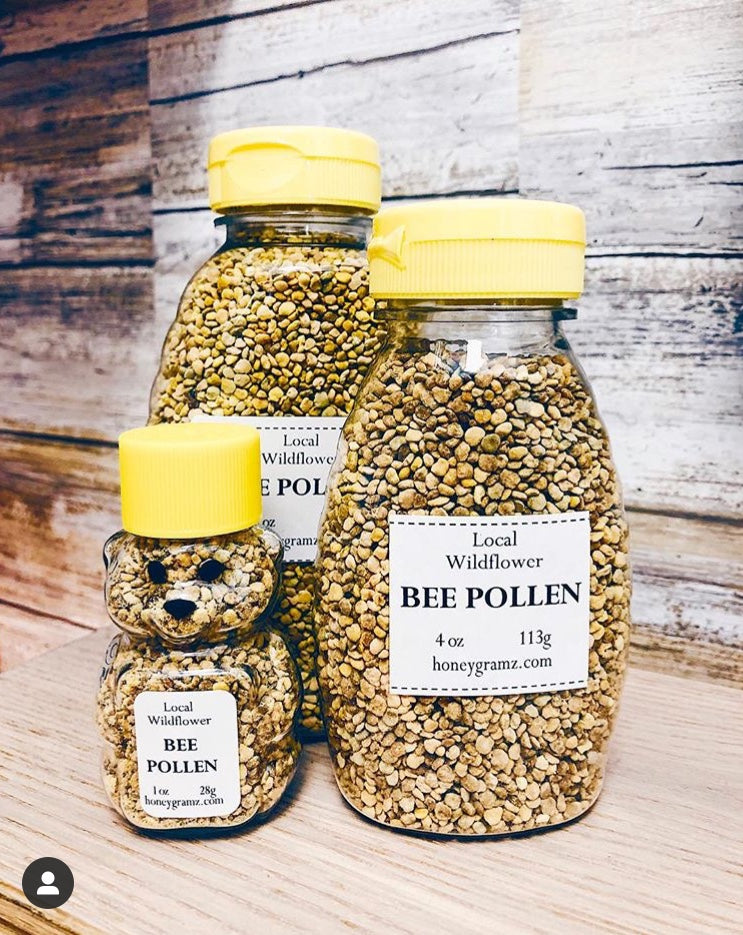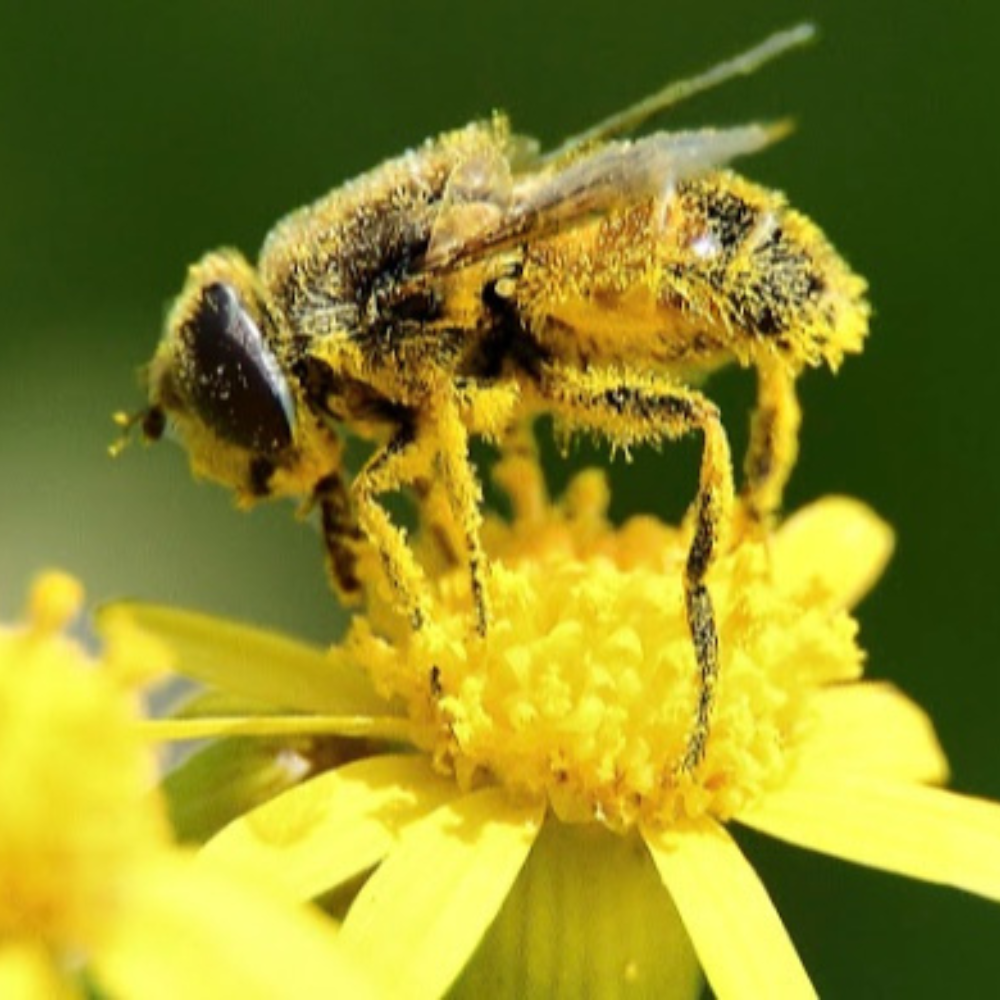
You may have heard about bee pollen (actually it is flower pollen, the bees just distribute and collect it) helping with seasonal allergies or having been referred to as a “superfood”. As beekeepers we ourselves and many of our customers swear by this powdery colorful substance when it comes to overall health and wellness.
Pollen is the male gametophyte of a seed plant which comes from the male reproductive structure (anther) of the plant. Its main purpose is to fertilize the flowers which turn into fruit with seeds and continue to propagate the plant. Pollination occurs when pollen is crossed between the male and female parts of a plant. This is where bees and many other pollinators (birds, bats, butterflies and others) come in to help transfer the pollen from the anther (male) to the stigma (female).
Pollen comes in a variety of colors, such as orange, yellow, red, depending on the flower source. One teaspoon of pollen takes one bee working eight hours a day for one month to gather. Each pollen pellet contains over two million flower pollen particles and one teaspoonful contains over 2.5 billion particles of flower pollen.
Honey bees collect pollen in the baskets of their hind legs called corbiculae. A single bee can carry about half her own body weight in pollen. Pollen is loaded with antioxidants and is considered nature’s most complete nourishing foods containing nearly all nutrients required by humans. It’s rich in protein (~40%), amino acids, rutin, and vitamins, including B-complex and folic acid.
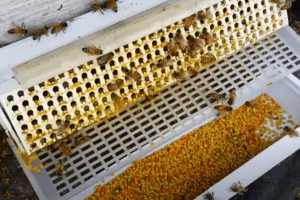
Honeybees entering hive through pollen trap
Pollen is collected by beekeepers with pollen traps on the front of the hive. When the bees enter pollen is knocked out of the corbiculae and into the trap. The traps are not left on hives for long, and are moved from hive to hive so the bees have enough pollen for their own uses which includes making “bee bread” a mixture of pollen and honey fed to the baby bees.
Pollen can be used medicinally for a wide range of conditions not just for allergies. It’s used for overall well being from prostate health to skin conditions and can help correct specific nutritional imbalances within the body.
Pollen for Allergies
Many suffer from hay fever in the spring and fall due to pollen allergens. A regimen of honey and pollen can alleviate allergies. Local honey contains pollen, however, additional pollen is required for effectiveness. The idea behind eating local honey and pollen for allergies is to take in a little of the very thing one is allergic to so your body becomes immune over time. Similar to an allergy inoculation or exposing oneself to cats and dogs if you’re allergic to them to build immunity.
For allergies, it is important to intake “local” honey supplemented with local pollen. However, don’t take the word “local” too literally. It really pertains to the general region, not your zip code.
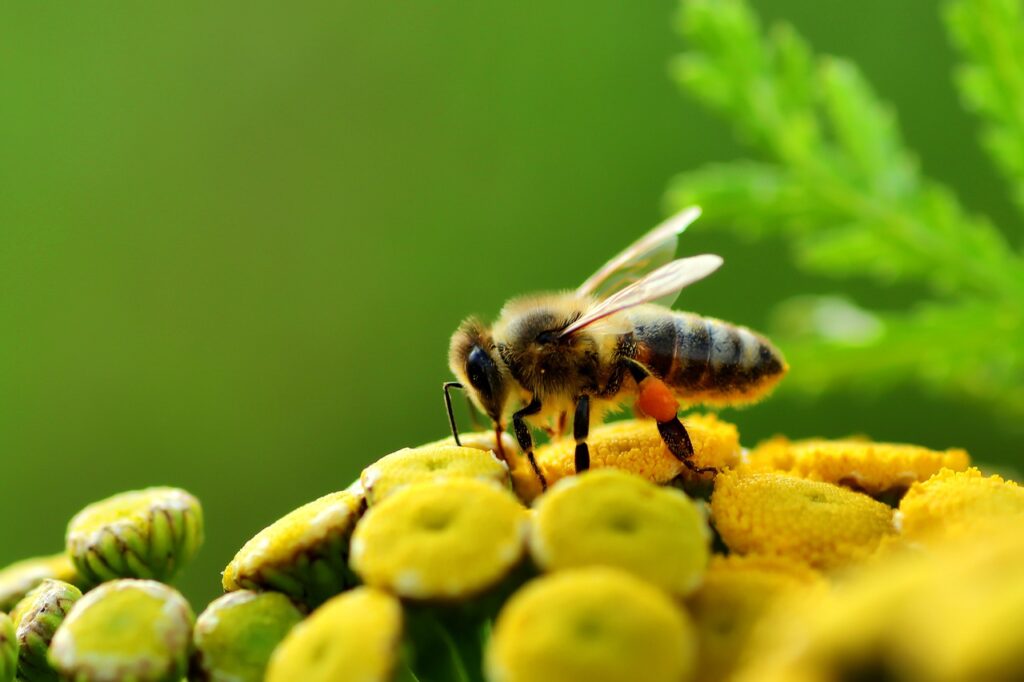
Here in New York City it would encompass the northeast region. Typically speaking, we have similar types of trees and flowers in this region as opposed to the southeast where the climate is warmer, hence, different types of trees and flowers. If you live in NYC, honey/pollen from NYS, NJ, CT, PA would be effective, whereas, FL or CA honey/pollen wouldn’t.
It’s best to start an allergy regimen earlier in the year before allergy season begins and keep it up for a year. NYS of Mind Honey mixed with bee pollen from PA has been highly effective for many of our customers. The exposure to pollen prior to the start of the season will give your body a chance to acclimate so your reaction will be less severe, sometimes even eliminates it.
Usage:
Take 1 tsp of honey and add about 3 pollen granules daily. Look for any reactions over the next couple of days. Increase by 2 grains slowly every few days if there’s no reaction. Continue until reaching 1 tsp of pollen a day.
While you can enjoy it “as is”, it’s more palatable to mix honey and pollen in oatmeal, fruit juices, applesauce, yogurt, salad, cereal, protein drinks, milkshakes, etc. A fruit smoothie is our preference.
Before eating pollen, in cases of special needs, or if you are severely allergic, contact your physician for his/her opinion.
* When we say honey, we’re only referring to 100% pure raw real honey.
